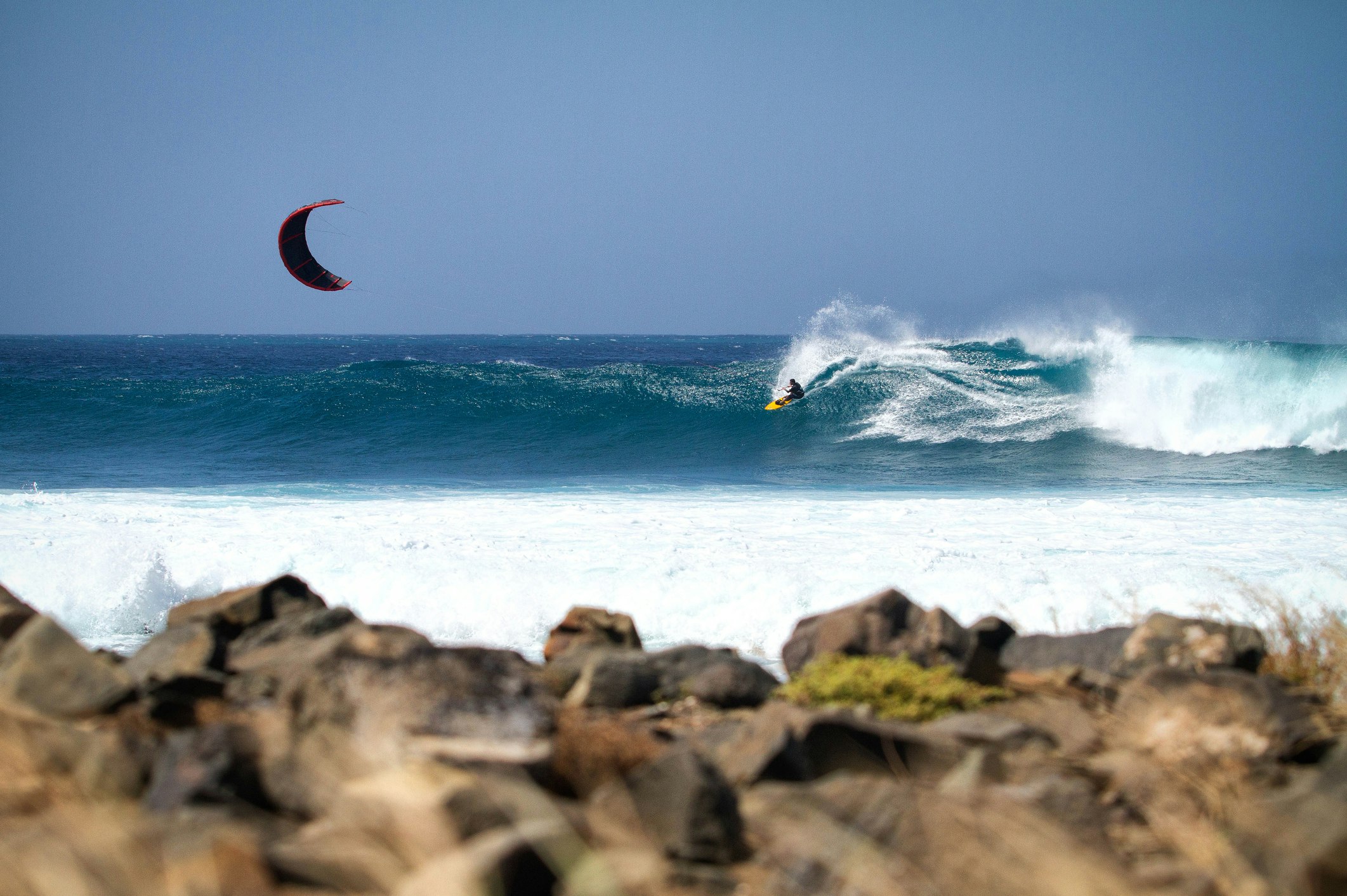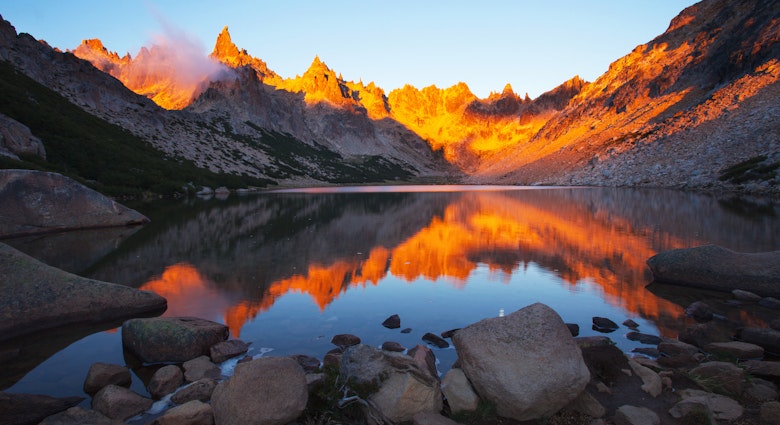The petite island archipelago nation of Cabo Verde (formerly Cape Verde), which floats almost 600km off the coast of Senegal in West Africa, has set an ambitious goal of obtaining all of its energy from renewable sources by 2025.

The recent announcement forms part of the country’s ‘sustainable energy for all’ agenda, something that is aimed to help the environment and reduce the expensive cost of electricity for Cabo Verdeans. Historically, this ten-island nation has mostly used generators running on imported petroleum products to provide electricity for industry and its residents, who now number 550,000. And about a third of this population still relies on the burning of firewood or charcoal for cooking.

Progress has been made already, however, with about one quarter of Cabo Verde’s per capita electricity consumption (727kWh per person per year, almost 160% more than the average figure for sub-Saharan Africa) now being provided by renewable resources. But given the fact the country’s total energy consumption is doubling every five years, the target is a moving one. The government believes that using pioneering technology to capture (and crucially, to store) energy through a diverse set of assets – wind farms, solar arrays, pumped hydro power, geothermal systems and marine energy – will enable the country to achieve its goal. This would be a unique achievement as all the other countries who have come close to this target have done so primarily with large hydroelectric resources, something Cabo Verde lacks.

One novel part in the puzzle may be the nation’s desalination systems, which provide drinking water for much of the population. They currently use large amounts of electricity, but by scheduling their use to times when wind turbines are operating and when electricity demand is low will help maximise their efficiency. And pumping this water up into reservoirs during these minimal usage periods will also enable hydroelectric power to be harnessed at times when more electricity is in demand.
The country may also be able to harness ocean thermal energy conversion, an emerging technology that uses the difference between warm surface waters and the frigid, deep ocean water to create electricity. Powering an entire nation from renewable energy is a huge target, but it’s one everyone can get behind.







